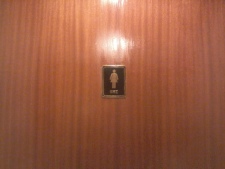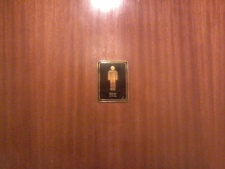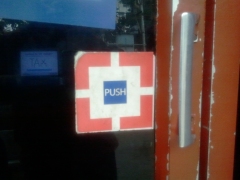TL;DR We bought an Anker SoundCore 2 Bluetooth wireless speaker and many of the small, yet thoughtful and nice design touches by the Anker packaging team delighted me. Hence this blog post.

Over the summer our younger daughter’s constant use of a Bluetooth speaker made it evident to my wife and I all that we were missing. Earlier attempts at using a Bluetooth speaker were marred by a cheap freebie we received when signing up for a membership. So this time we were determined to get one for ourselves, so we didn’t have to sneakily borrow our daughters while she slept in late.
Of course the Indian parent in me had sticker shock when I set out to buy a 10W Bluetooth wireless speaker. Fortunately the earlier bad experience ensure that I did not go in for the cheapest one but nor did I want to splurge multi-hundred dollars on one that also did a seemingly variety of things (of course despite 9-years of college, I could not understand a whole lot of features the high end ones boasted of, but that’s a story for another day!) Thus we ended up with the SoundCore 2.
Once I got the speaker itself out, setting it up and getting it going was straightforward. As I decided to put away the box, I saw it still had a small blue box inside. I assumed it was for the charging cable. It was. But it also contained a little card with the single word question ❇︎ Happy? on it. And on the back it had the question ❇︎ Not happy?




As you can see in the pictures above, the direction of text on either sides of the card was flipped, intuitively reading the right side up, depending on whether you choose Happy or Not happy! Most importantly, inside the card it told you what you can do, in case you were not happy and nudged you to share if you were.
Whilst there can be any number of nitpicky things around features (pairing with more than one device) that I could potentially quibble over, I must admit as a marketer feeling happy at the thought that has gone into this packaging delighting me as a customer. A great example of how customer delight does not have to be contained only within the product. Great job, Anker packaging (product?) team.














You must be logged in to post a comment.